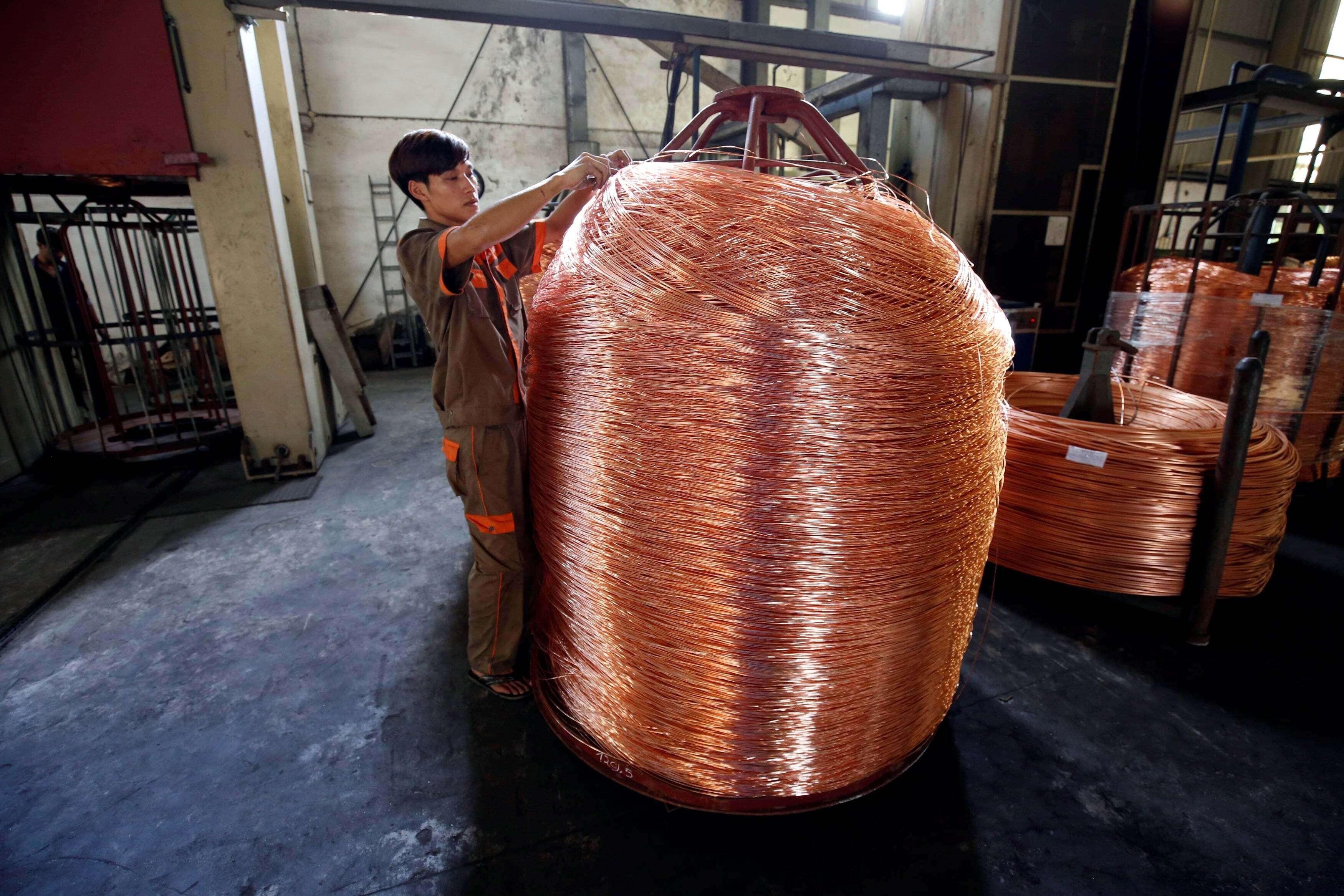4 innovation hotspots in the Arab world

Connected … Algeria's capital, Algiers.
Image: REUTERS/Zohra Bensemra - GF20000033089
Mirek Dušek
Managing Director, Chief Business Officer and Head of Global Programming, World Economic ForumStay up to date:
Middle East and North Africa
The world has deeply changed over the past decade. The global economy has been through one of the most turbulent times in recent history with a financial meltdown in key advanced economies, followed by a sharp decline in global trade, extremely lax monetary policies and stalling productivity growth. Poverty levels have never been so low in the world, but inequality has grown within most countries, increasing discontent especially in more mature economies. Globalization and technology have disrupted entire industries, and this trend is set to accelerate with the pace of technological advancement. This is pushing many countries to rethink their economic model and prepare for a world of greater uncertainty.
The Arab world has not been immune to these trends. Fluctuations in commodity prices have increased the urgency of reform, highlighting once more the limitations of a model centered on the use of public administration and state-owned enterprises to create secure jobs, generous subsidies to energy-intensive sectors and a marginal role for private initiative. Countries that had pursued more consistent diversification strategies and supported the development of a thriving private sector have better weathered the storm of the economic crisis and minimized social tensions.

On average, improvement in the region has been particularly strong in terms of technology and infrastructure. In the latter case, the Arab world has almost halved its distance from OECD countries in just 10 years, particularly thanks to improvements in port connectivity – Morocco, Egypt and Jordan have all made significant investments – but also in railway systems, with Morocco piloting the first high-speed train connection of the African continent. Oil-exporting countries have pushed investments in infrastructure and technology even further: in 2017, in spite of the decrease in oil revenues, it has been estimated that the total value of projects either in the planning stage or in the delivery stage across the Gulf Cooperation Council amounted to $2.7 trillion, higher than France’s GDP.
Efforts have not been limited to investments in hard infrastructure. Several countries have complemented them with broad reform agendas targeting problematic aspects of their labour and product markets, aiming to boost innovation and provide a robust digital ecosystem.
A combination of investments and improved regulatory frameworks has allowed Algeria’s telecommunication sector to thrive over the past decade and reduce the gap with more advanced economies. Mobile telephony was deeply liberalized in the early 2000s, and penetration of mobile subscriptions grew tenfold in 10 years to 117 per 100 population in 2016 (i.e. on average, there is slightly one more than active SIM card per person). Mobile internet adoption was also accelerated after the launch of the 3G connectivity in 2012, driving up the percentage of Algerians using the internet from 15 to 43% in just four years. Further improvements can be expected in terms of fixed internet adoption, as the country has announced this year the end of the monopoly held by the incumbent operator, Algérie Télécom.

In addition to investments in transport connectivity, Morocco has pursued deeper international integration through its trade and industrial policy, decreasing the average import tariff from 18.9% to 10.5% in 10 years and attracting foreign companies in the automotive, textile and aerospace sectors that have moved parts of their international value chains here. For example, production of cars grew more than tenfold between 2005 and 2017. Increased international openness has contributed to improving the overall efficiency of Morocco’s goods market and has spurred competition, resulting in an advancement of 10 ranks since 2007 (58th today) in this dimension of the Global Competitiveness Index.
Bahrain has launched an unprecedented policy in the region to improve the efficiency of its labor market and move beyond the sponsorship system – or kafala – for foreign workers. The kafala system created a labour market that was easy for a migrant to enter, but difficult to move within. This meant that businesses were not able to address a sudden need, avail themselves of a market opportunity, or satisfy a short-term contract without going through the administrative process of applying for a permit, sourcing the workers and flying them in. This was true even if the necessary skills were already available in the labor market thanks to foreigners working in the country, but who were not allowed to move from one employer to another or, worse, had to leave if their previous employer withdrew their sponsorship. Under the new scheme, called Flexi Permit, a foreign worker has a status of “self-employed” with a permit and residency that allows him or her to work in any occupation and at any skill level, with any employer or number of concurrent employers, on a short- or long-term basis, full or part-time. This permit is issued for two years and renewable indefinitely, and includes medical insurance coverage.
The United Arab Emirates has consolidated its leadership in the region as the main tech and innovation hub. In 2017, its entrepreneurship and start-up ecosystem attracted global attention with the acquisition of Souq.com, a local e-commerce platform, by Amazon, for an estimated value of $650-700 million. This is set not to remain an isolated case as the country dramatically ramped up equity investments in technology firms from $100 million in 2014 to $1.7 billion in 2016.
Other countries are also taking action to spur entrepreneurship, increase diversification and improve the competitiveness of their economies. This is the only sustainable way to continue their transition away from reliance on natural resources and a distortive use of public money. Creating employment opportunities in line with the expectations of the large youth population that is entering the labor market in the next few years will require addressing these challenges and preparing the region for the changes and opportunities brought by the increased pace of technological advancement.
Arab World Competitiveness Report 2018 - read the full report here
Don't miss any update on this topic
Create a free account and access your personalized content collection with our latest publications and analyses.
License and Republishing
World Economic Forum articles may be republished in accordance with the Creative Commons Attribution-NonCommercial-NoDerivatives 4.0 International Public License, and in accordance with our Terms of Use.
The views expressed in this article are those of the author alone and not the World Economic Forum.
Forum Stories newsletter
Bringing you weekly curated insights and analysis on the global issues that matter.
More on Economic GrowthSee all
Ivan Shkvarun
July 25, 2025
John Letzing
July 24, 2025
Katica Roy
July 23, 2025
Elena Raevskikh and Giovanna Di Mauro
July 23, 2025
Ali Alwaleed Al-Thani and Santiago Banales
July 21, 2025





